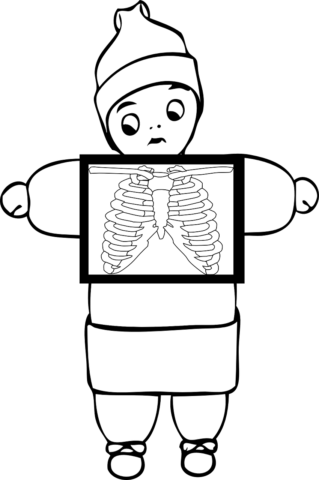The Blog
Which Scan Is Right For You?
Posted 11 April 2018 in Uncategorized

Here we outline the benefits and negatives of each style of the 3 major styles of scanning used in physiotherapy.
X-ray
An x-ray is usually a quick and cheap tool used to help make a diagnosis. It is very useful for scanning skeletal structures and identifying the following
– Alignment of the spinal segments (are they straight?)
– Structure of bone margins and landmarks
– Identify soft tissue shadows, for example swelling and bleeding
– Disc spaces, but they aren’t able to identify the discs
However it is poor when trying to examine bone density and facet joints.
CT Scan (computed tomography)
This type of scan is able to give a cross sectional guide of the
– Disc (similar to MRI)
o Disc degeneration, extrusion/ protrusion, compression nerve root, dural indentation
– Zygapophyseal joints
o Joint pace, facet joints
– Muscles
It has significant bony detail of the spine, which allows to identify, fractures and facet joints. Generally this is less sensitive to patient needs- scan is completed quickly, less expensive (full rebate), easily accessible and less claustrophobic than other machines.
However it has 200x more radiation than an x-ray and doesn’t outline muscle tissue as well as MRI.
MRI
This is the optimal for identifying soft tissue structures
– Disc degeneration
o Dark nucleus, annular bulge
– Disc protrusion/ extrusion
o Protrusion size and location, compression of the nerve root
– Muscle
– Spinal infections, bone metastasis
When scanning bone is can identify bone marrow oedema, which is the first evidence of stress reaction in bone before a fracture line and bone remodeling will be present in an x-ray or CT scan. It also can show modic changes which is changes in the vertebral end plate which is relate to spinal degeneration.
However an MRI can not be completed with metal implants, pacemakers, is not as accessible as other scans (long waiting periods) and patients may feel claustrophobic when in the tunnel due to the close proximity of the tube, relative stillness required during the scan and 20 minute time slot to take the image.
Overall speak to your physiotherapist and GP to help determine the right scan for you or even if one is required.


